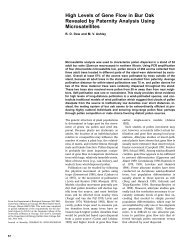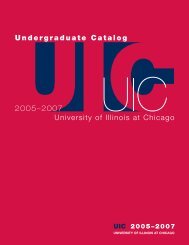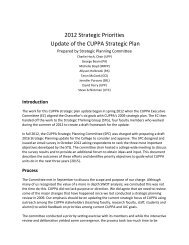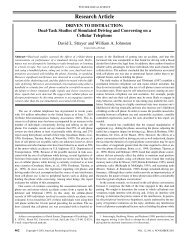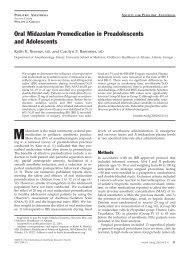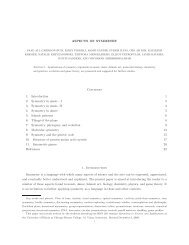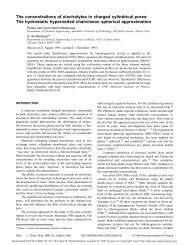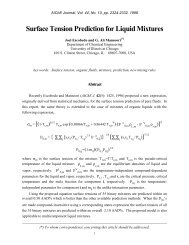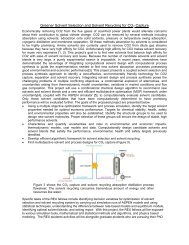Repeating Lenin by Slavoj Zizek
Repeating Lenin by Slavoj Zizek
Repeating Lenin by Slavoj Zizek
You also want an ePaper? Increase the reach of your titles
YUMPU automatically turns print PDFs into web optimized ePapers that Google loves.
<strong>Repeating</strong> <strong>Lenin</strong> <strong>by</strong> <strong>Slavoj</strong> <strong>Zizek</strong><br />
9/20/11 2:53 PM<br />
personal power — the paradoxical overlapping of extreme dictatorship and extreme<br />
emancipation of the masses.<br />
It is at this precise point concerning political terror that one can locate the gap that separates<br />
<strong>Lenin</strong>ism from Stalinism58: in <strong>Lenin</strong>’s times, terror was openly admitted (Trotsky sometimes<br />
even boasted in an almost cocky way about the non-democratic nature of the Bolshevik regime<br />
and the terror it used), while in Stalin’s times, the symbolic status of the terror thoroughly<br />
changed: terror turned into the publicly non-acknowledged obscene shadowy supplement of the<br />
public official discourse. It is significant that the climax of terror (1936/37) took place after the<br />
new constitution was accepted in 1935 — this constitution was supposed to end the state of<br />
emergency and to mark the return of the things to normal: the suspension of the civil rights of<br />
the whole strata of population (kulaks, ex-capitalists) was recalled, the right to vote was now<br />
universal, etc. etc. The key idea of this constitution was that now, after the stabilization of the<br />
Socialist order and the annihilation of the enemy classes, the Soviet Union is no longer a class<br />
society: the subject of the State is no longer the working class (workers and peasants), but the<br />
people. However, this does NOT mean that the Stalinist constitution was a simple hypocrisy<br />
concealing the social reality — the possibility of terror is inscribed into its very core: since the<br />
class war is now proclaimed over and the Soviet Union is conceived of as the classless country<br />
of the People, those who (are still presumed to) oppose the regime are no longer mere class<br />
enemies in a conflict that tears apart the social body, but enemies of the people, insects,<br />
worthless scum, which is to be excluded from humanity itself.<br />
This repression of the regime’s own excess was strictly correlative to something homologous<br />
to the invention of the liberal psychological individual not take place in the Soviet Union in the<br />
late 20s and early 30s. The Russian avant-garde art of the early 20s (futurism, constructivism)<br />
not only zealously endorsed industrialization, it even endeavored to reinvent a new industrial<br />
man — no longer the old man of sentimental passions and roots in traditions, but the new man<br />
who gladly accepts his role as a bolt or screw in the gigantic coordinated industrial Machine. As<br />
such, it was subversive in its very “ultra-orthodoxy,” i.e. in its over-identification with the core<br />
of the official ideology: the image of man that we get in Eisenstein, Meyerhold, constructivist<br />
paintings, etc., emphasizes the beauty of his/her mechanical movements, his/her thorough<br />
depsychologization. What was perceived in the West as the ultimate nightmare of liberal<br />
individualism, as the ideological counterpoint to the “Taylorization,” to the Fordist ribbon-work,<br />
was in Russia hailed as the utopian prospect of liberation: recall how Meyerhold violently<br />
asserted the “behaviorist” approach to acting — no longer emphatic familiarization with the<br />
person the actor is playing, but the ruthless bodily training aimed at the cold bodily discipline, at<br />
http://www.marxists.org/reference/subject/philosophy/works/ot/zizek1.htm<br />
Page 38 of 57



